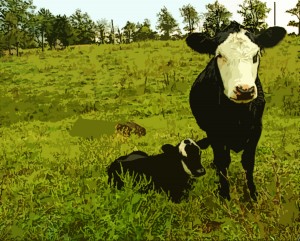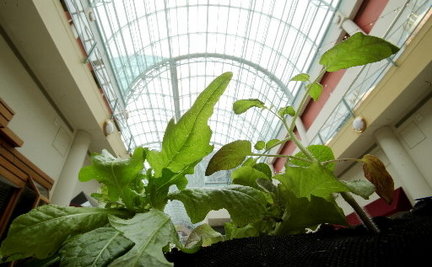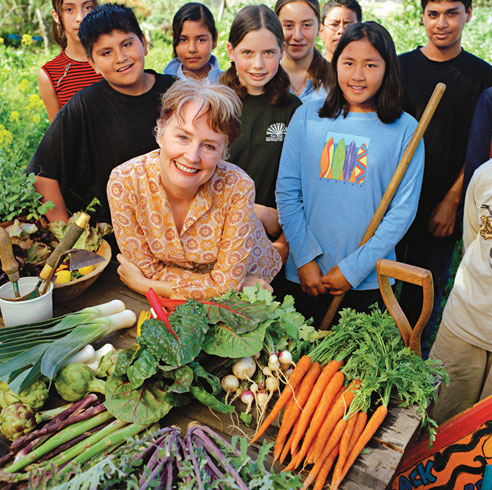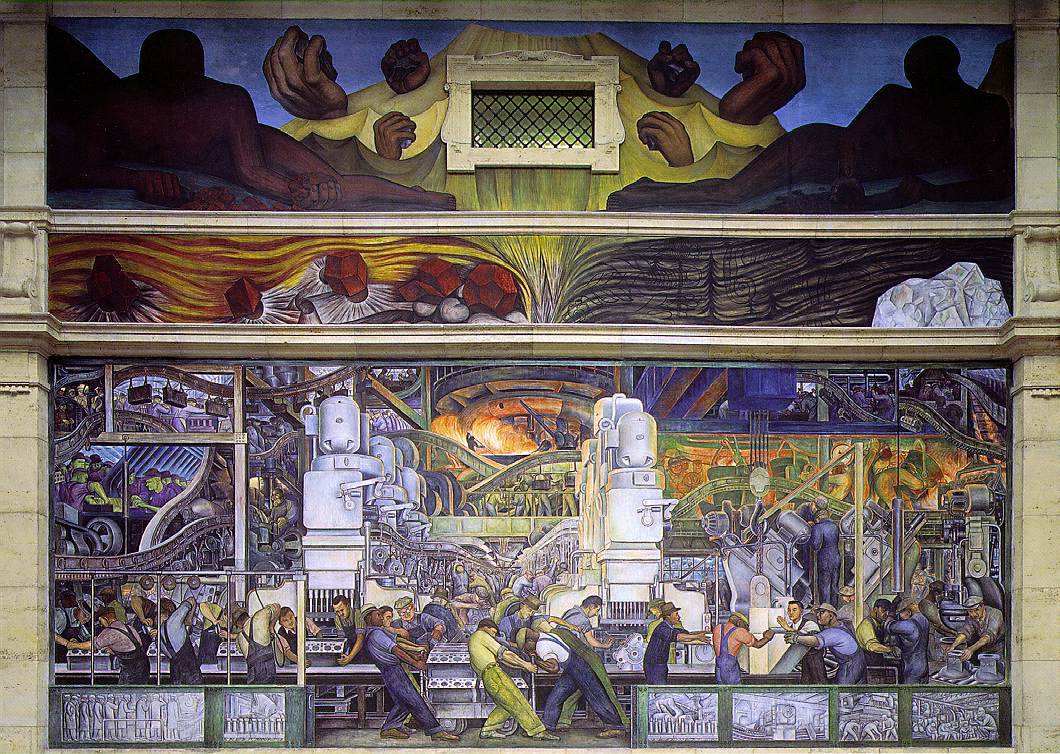
We incubated baby chicks in two batches this spring, and now they are feisty grown birds. The males are feeling their testosterone.
A mature rooster goes about his breeding duties with clinical efficiency. It’s hop on, bite a piece of neck for stability, thrust, and hop off. No fuss. The hen gives a little indignant shake and clucks away.
With these callow cockrels, it’s considerably more chaotic and comical. (Alliteration!) They chase and grab at the hens but never get a good grip, and end up tugging on pieces of skin or a couple of feathers, the hens screeching a cross between “I’m being murdered” and “not in a million years, pal.” Most times, they escape.
I can’t lie. I find this entertaining. We have friends who also keep chickens who coined the phrase watching Chicken TV. It’s a pretty good show.
****
After a wet spring, the rain stopped abruptly (in May!) and we edged into drought territory. Nothing like Texas (these images are heartbreaking), but plenty bad. The garden was a disaster, my cistern was dry for more than a month, the pasture became dominated by weird weeds, which the cows wouldn’t touch, and Johnsongrass, which they would eat at least. Some of my neighbors were already feeding hay before the first of September. The irrational thought that it will never rain again seemed entirely sensible to me for all of July and August.
But suddenly two weeks ago, the clouds parted and we’ve had plentiful and steady rains. My herd will be happily grazing well into November. I like to think this is because of my pasture management, but am not ready to take credit yet….
We’ve had eight calves (the latest born just ten days ago) and all are doing well. The mommas too. Seven of the eight were male, which is pretty weird, and a little disappointing, since my prime directive is to grow the herd, but having seven steers to market next winter will be good for the cash flow.
The fall has been much greener than the summer. My hives are bustling, and the recent rains have salvaged something like a fall honey flow for the bees. This weekend I’m hoping to get work started on installing a wood stove to reduce and (I hope) eliminate the outrageous propane bills we’ve been paying for seven years. The cows are getting good and fat, and the garden is teeming with volunteer greens, arugula especially.
Tonight the state of Georgia will execute a man for a crime few believe he committed. At the United Nations today the president announced that “the tide of war is receding,” even as new bases to launch Predator drones are being built in the Horn of Africa, where a quarter of a million people will likely starve to death, in no small part due to my country’s intervention. (Everyone should read that article, by the way).
The wider world we’re bringing three kids into is getting uglier, greedier and more dangerous. For the moment we are living in a little bucolic bubble where they bounce on a trampoline for hours at a time, amidst tame chickens foraging in the grass, and calm cows staring at them through the fence.
Winter is coming, and I know I can’t protect my children from the outside world forever. It’s autumn. Things wither and die, and new life comes along.
Some days I’m not so sure about the second part, but for now I’m determined to enjoy this little autumn interlude. I think I’m happy.


